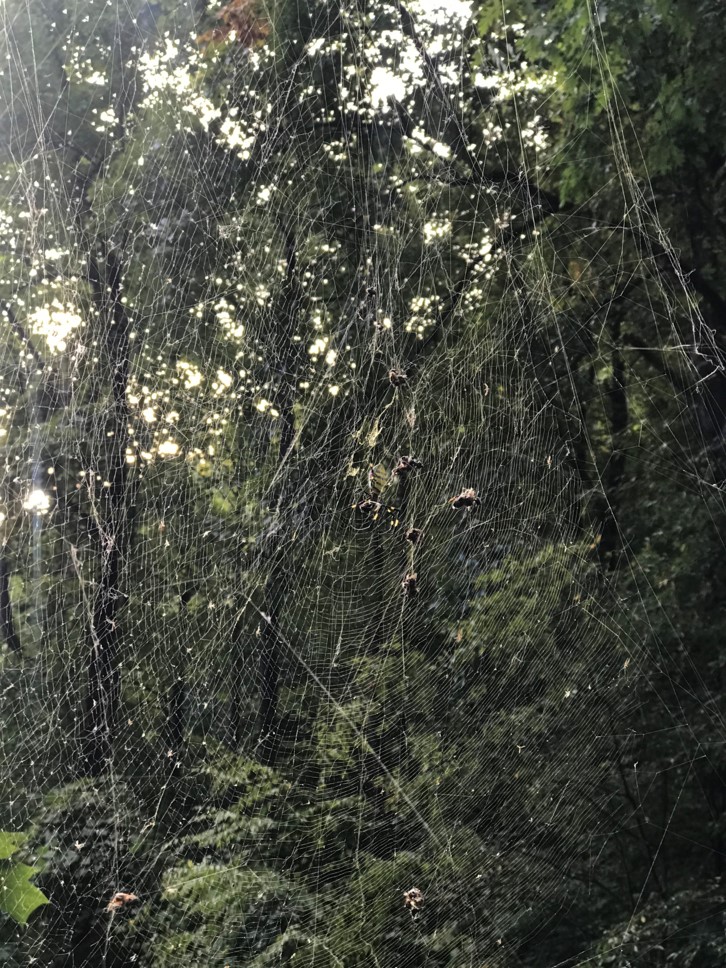Recent Posts
-
Introduction The sugarcane beetle (Euetheola humilis, family: Scarabaeidae) (Fig. 1) has been an important pest for over 100 years in many crops, including sugarcane, corn, sweet potato, and rice. It is a native species and is commonly found in turfgrass. A low number of beetles in an area is not generally considered a pest. This…
Posted in: Turfgrass insect pest -
In the 1800s the multiflora rose was introduced into the United States from Japan, China, and Korea. Beginning in the 1930s, the USDA encouraged the use of multiflora roses because they were said to be ideal for erosion control and living fences, making them a popular choice for planting throughout the United States. It wasn’t…
Posted in: Turfgrass insect pest -
Tea scale, Fiorinia theae (Hemiptera: Diaspididae) (Fig. 1), is a serious economic pest of several ornamental plants in nurseries and landscapes in Georgia, including camellias and hollies. Tea scale is an armored scale that causes chlorosis (yellowing) of the leaf tissue, and under severe infestations, plants may die. They undergo multiple overlapping generations per year…
Posted in: Turfgrass insect pest -
The crape myrtle bark scale, Acanthococcus lagerstroemiae (Fig. 1) (CMBS), is an emerging threat to crape myrtle (Lagerstroemia spp.) in Georgia. As the name indicates, this scale pest attacks the bark of crape myrtle, the only known scale insect that infests crapemyrtle bark. A native of Asia, CMBS was first confirmed in Dallas, Texas, in 2004. Since…
Posted in: Ornamental pests -
Azalea bark scale (ABS, Eriococcus azalea, Figure 1) poses a serious threat to azaleas, rhododendron, and Pieris (Andromedas) in Georgia. ABS is a soft scale insect; unlike armored scale insects, the nymph and female soft scales secrete a protective coating of waxy crust on their body that cannot be separated from the scale insect. ABS also…
Posted in: Ornamental pests -

The Joro spider, Trichonephila clavata, (Fig. 1) is a native of Japan and east Asia that was first documented in the US in 2014 in NE Georgia (Fig. 2). The initial infestation was centered around Braselton and Hochton, GA along I-85. By 2022 the spiders had spread about 75 miles in all directions from that…
Posted in: Ornamentals -
We are witnessing outbreak populations of fall armyworm (Spodoptera frugiperda) in residential, and public lawns across Georgia at this moment (as of 30 Aug. 2021). The caterpillar stages of fall armyworm feed on the turfgrass leaf blades and stems. The turfgrass can go from a perfect green to complete brown within 2 to 3 days.…
Posted in: Turfgrass insect pest -
1. Time to scout for gray leaf spot Gray leaf spot is a fungus disease that affects St. Augustinegrass, perennial ryegrass and tall fescue in Georgia. Hot humid summer weather and high nitrogen levels can make turf susceptible to this disease. The fungus causing the disease is Pyricularia oryzae (Magnaporthe oryzae). Symptoms: The symptoms of…
Posted in: Turfgrass insect pest -

Hunting billbug, Sphenophorous venatus vestitus (Family: Curculionidae) (Figure 1) is one of the important weevil pests of turfgrass in Georgia. It is called a billbug because of its long snout or “bill” which has small mandibles at the tip. Hunting billbug infestations in turfgrass are not easily detected until the first signs of feeding damage…
Posted in: Turfgrass insect pest -
University of Georgia is offering online, live program that will allow green industry professionals to receive world-class training while at their home or office. Logging on, watching a live presentation, and then going back to work (all while receiving CEUs) is just a few mouse clicks away. Watch as a single person in a single…
Posted in: Turfgrass insect pest